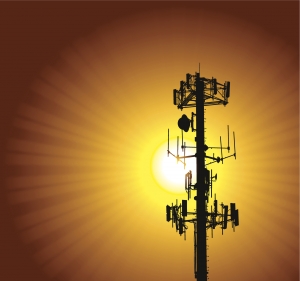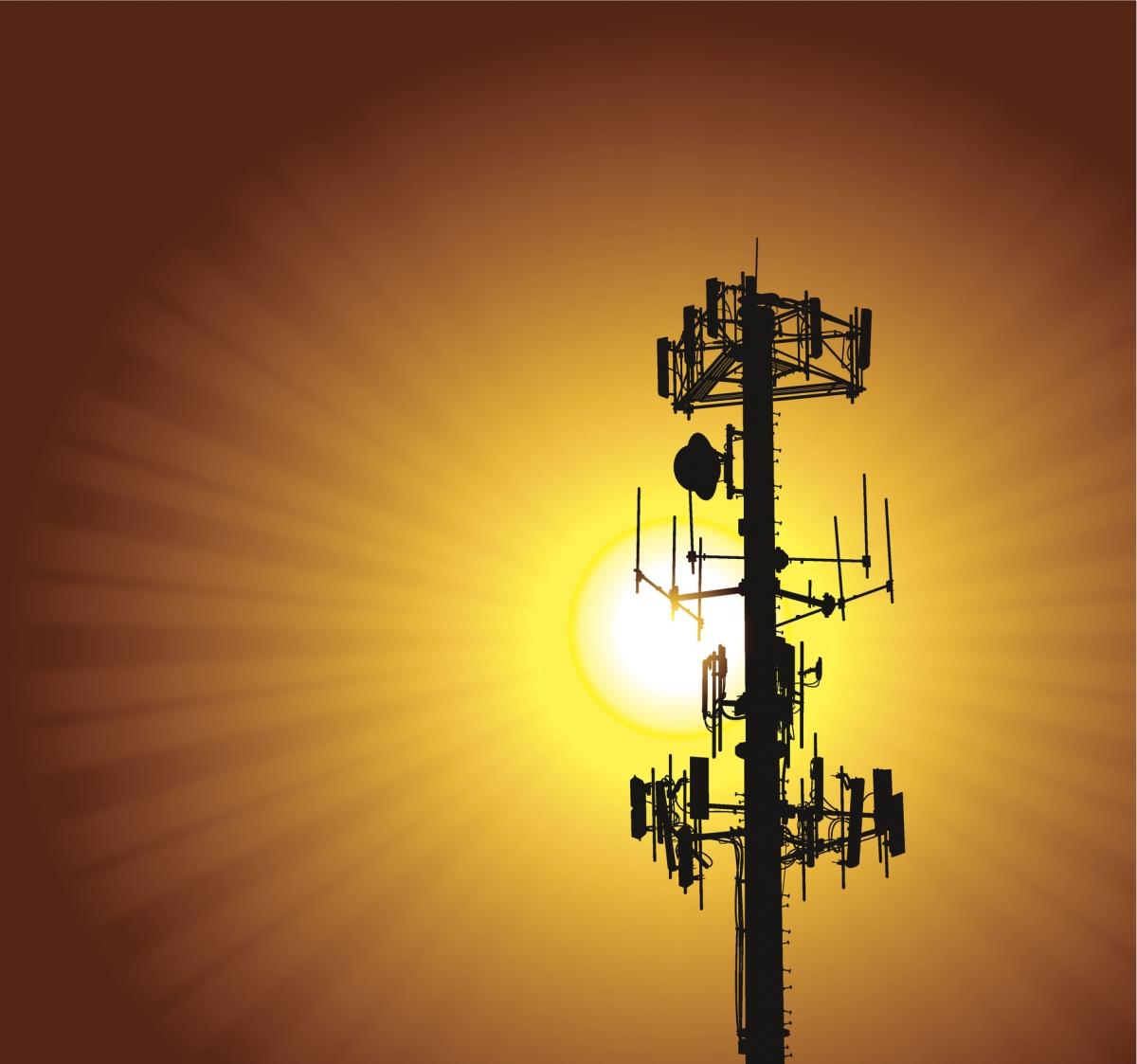
When 2nd generation (G) devices shut down, we had to shift to next-generation technology. Now, we're in for another full-circle shutdown, or sunset, as 3G networks prepare to go off the grid in 2022.
On August 10, I joined Dave Nemo at Road Dog Trucking and TMC’s Robert Braswell to discuss the upcoming 3G sunset and why motor carriers, owner-operators, and drivers must be proactive and not reactive when migrating their technologies. Broken connectivity can lead to non-compliance as well as many other issues in and out of the cab. If fleets are not prepared when the 3G networks begin disappearing, drivers and back-office teams will encounter major infrastructure, safety, and efficiency issues.
The latest background on the network sunset
Generational networks must shut down to make room for progress, speed, and security. There is a limited amount of bandwidth out there, and cellular networks need to reuse spectrums to grow networks and provide faster, more responsive technologies for us. Making room for new generations, like 4G LTE and 5G, is why sunsetting old networks is a natural part of our technological evolution.
The current carrier sunset deadlines are:
- Sprint: January 1, 2022
- AT&T: February 22, 2022
- T-Mobile: April 1, 2022
- Verizon: December 31, 2022
While we have seen these dates change, fleets cannot assume there will be more time. This is being determined by network providers, who will continue proceeding with the sunset as planned. Although the towers don't all come down at one time, it’s still critical to upgrade your fleet as the ability to communicate over these networks will become increasingly difficult as they continue shutting down.
Connecting the shutdown to trucking and transportation
Commercial drivers using 3G phones and tablets will need upgraded technology, but it doesn't end there. In-cab technologies, including your Electronic Logging Device (ELD), onboard cameras, spireon trailer tracking devices, and refrigeration telematics, might be running on a 3G network and need to be included in your plan to switch to modern solutions.
Disconnected technology can impact your regulatory standing in an instant. For example, we can look to a driver who must show their electronic record of duty status (eRODS) at roadside. When that driver is pulled over and is instructed by an enforcement officer to transfer their eRODS, they must complete a one-step process to send the eRODS via web services or email, which is made possible through a cellular network. If the device runs only on 3G, and the 3G network goes down, that means the ELD is no longer compliant with the ELD technical standards. ELD providers will need to consider their obligation to self-revoke any ELD that is capable of eRODS transfers via solely the 3G spectrum before networks begin shutting down.
Suppose a driver cannot connect to the back office for inventory, unloading, or workflow needs. In that case, the entire segment of their stop could be jeopardized. Communicating with drivers is critical to their safety and essential for supporting customer service. They cannot communicate if they cannot connect. Everyone, from your dispatchers to drivers to customers, will be impacted if you are not proactive.
Technology providers, including Omnitracs, are working with customers to mitigate risks by upgrading their in-cab technologies, including ELDs, onboard cameras, and spireon trailer tracking devices.
Get ahead to stay ahead
The 3G shutdown will affect everyone using 3G technology. If you're a motor carrier or owner-operator, the simplest way to protect your operation is to work with your technology providers to understand which, if any, of your devices will be impacted. At Omnitracs, we are working with our customers to develop carefully crafted and well-established plans for their unique business needs and to ensure seamless transitions.
The COVID-19 pandemic makes procrastination nearly impossible. The microchip shortage and bottlenecks at the ports, both direct results of the pandemic, are causing limited device inventories and extended implementation timelines. Waiting until the last minute could seriously jeopardize your operation, as you may be left standing by for critical technology on backorder.
Fortunately, wireless carriers have committed that 4G LTE will be available for at least a decade and will coexist with the 5G network. So, once the sun officially sets on 3G, we’ll have many 4G- and 5G-inspired sunny days ahead.
A rebroadcast of this episode of the Dave Memo Show — Tech Talk with TMC — is available on the XM/Sirius app (subscription required). Learn more about the 3G shutdown, and contact Omnitracs today to discover how we can help your business prepare.

